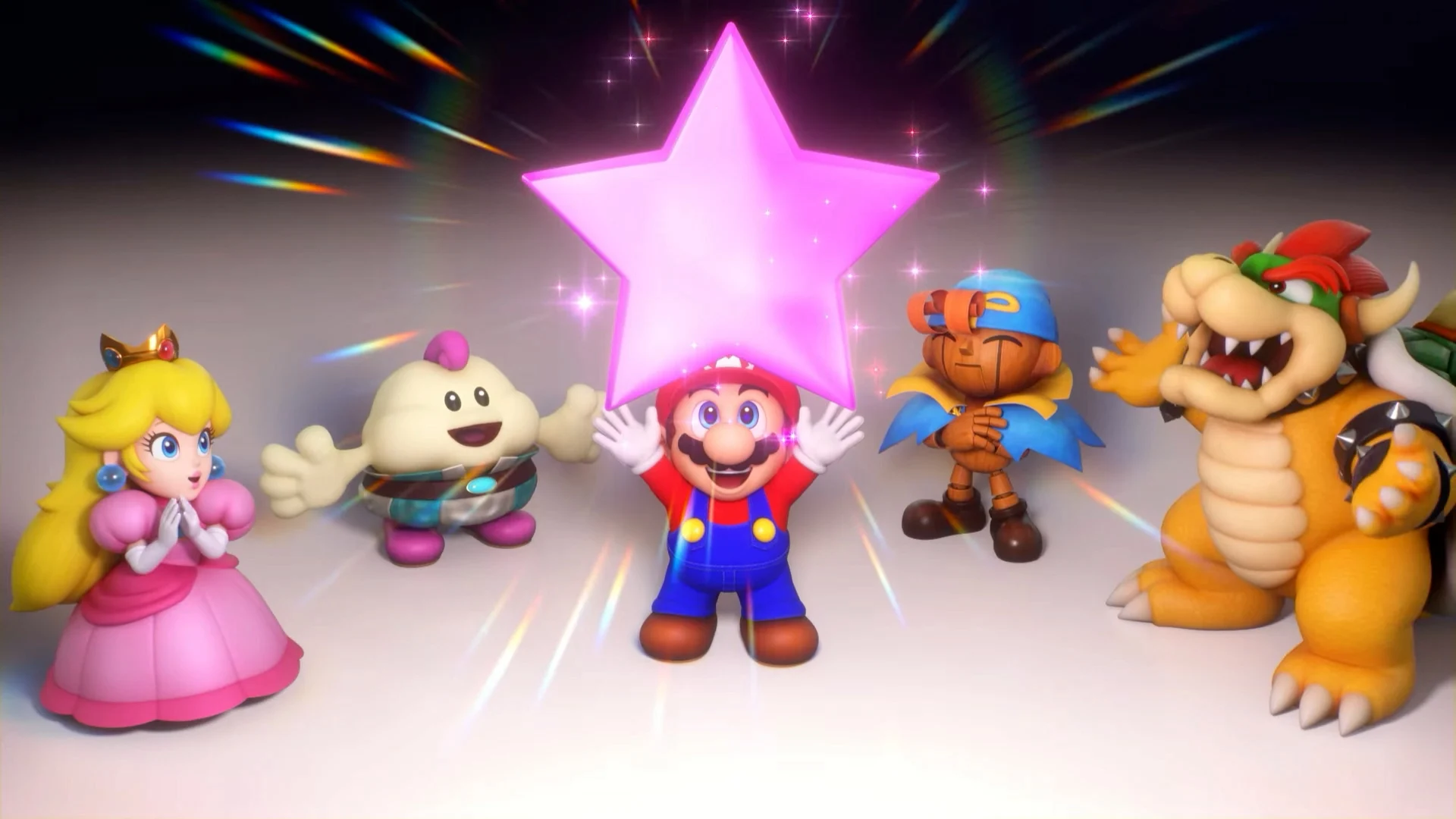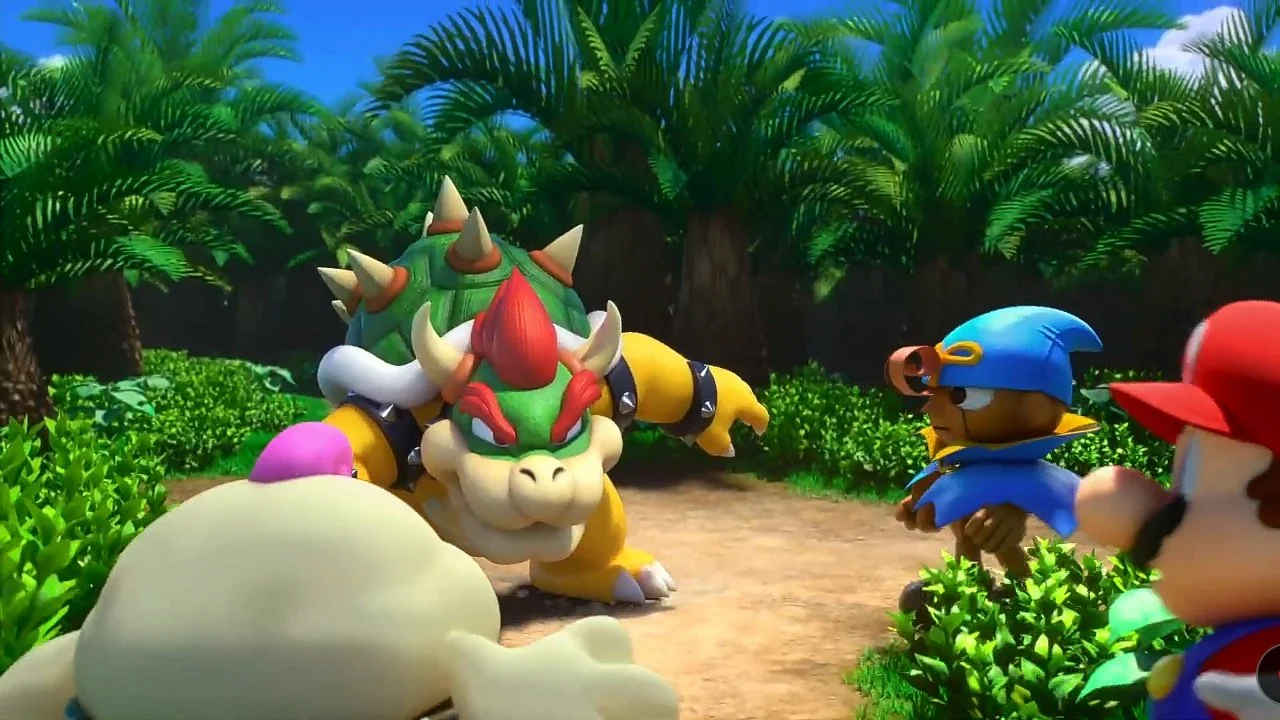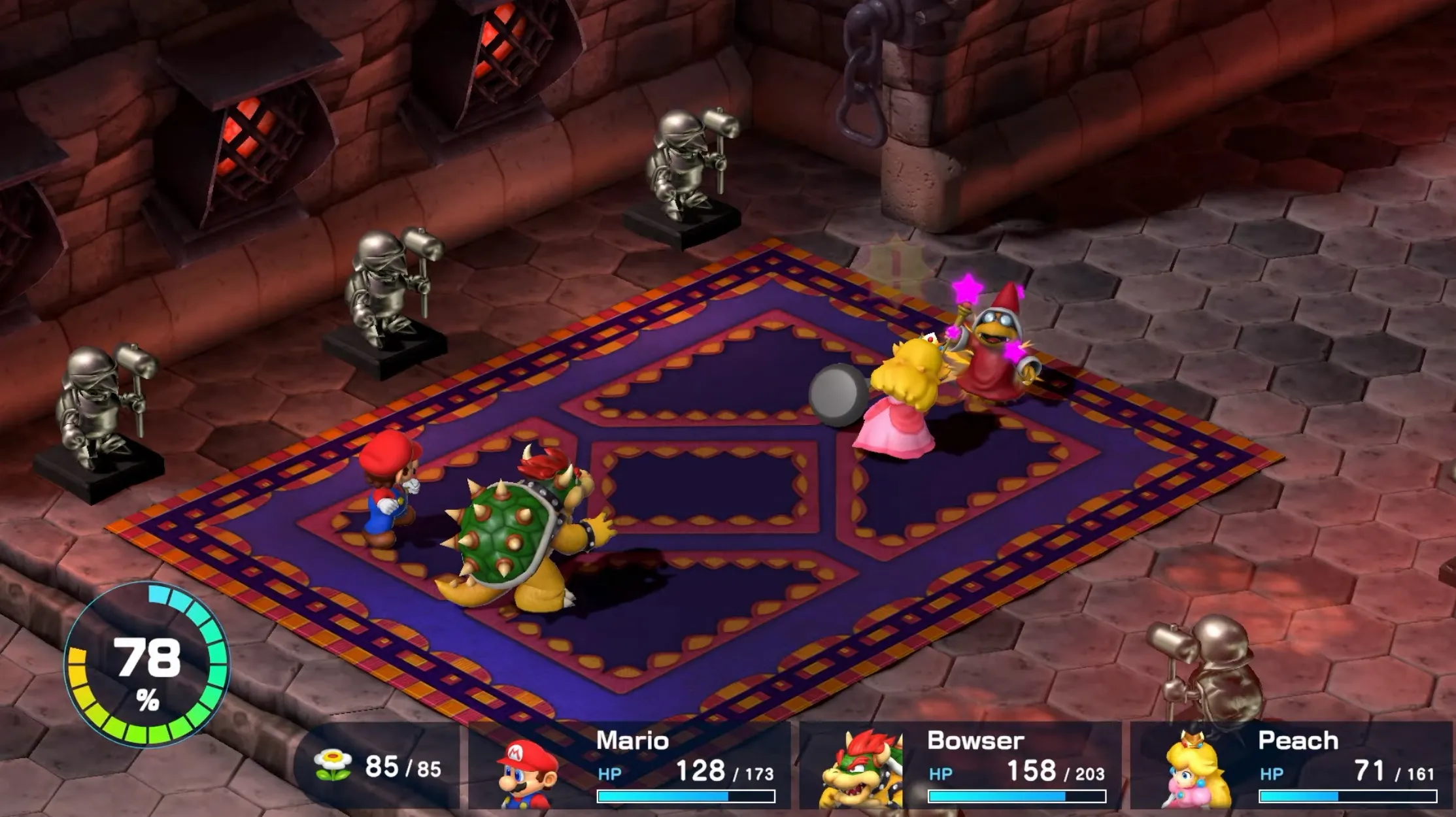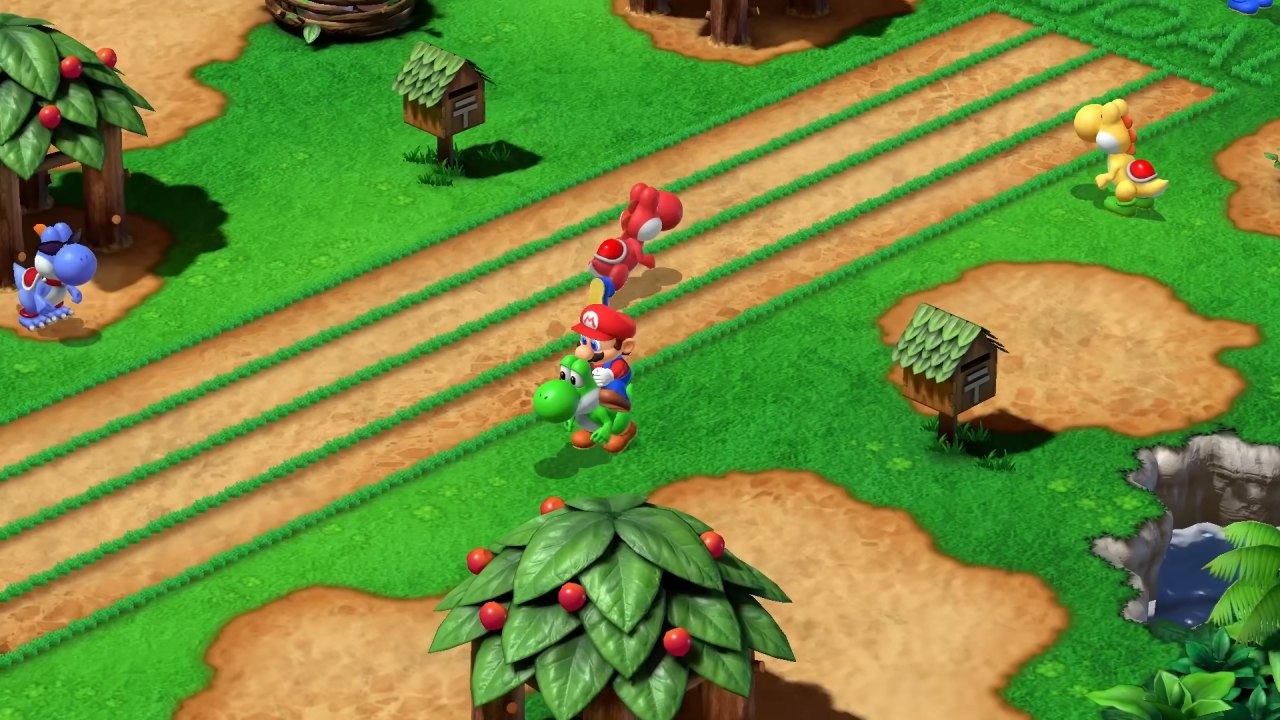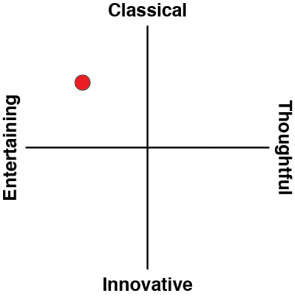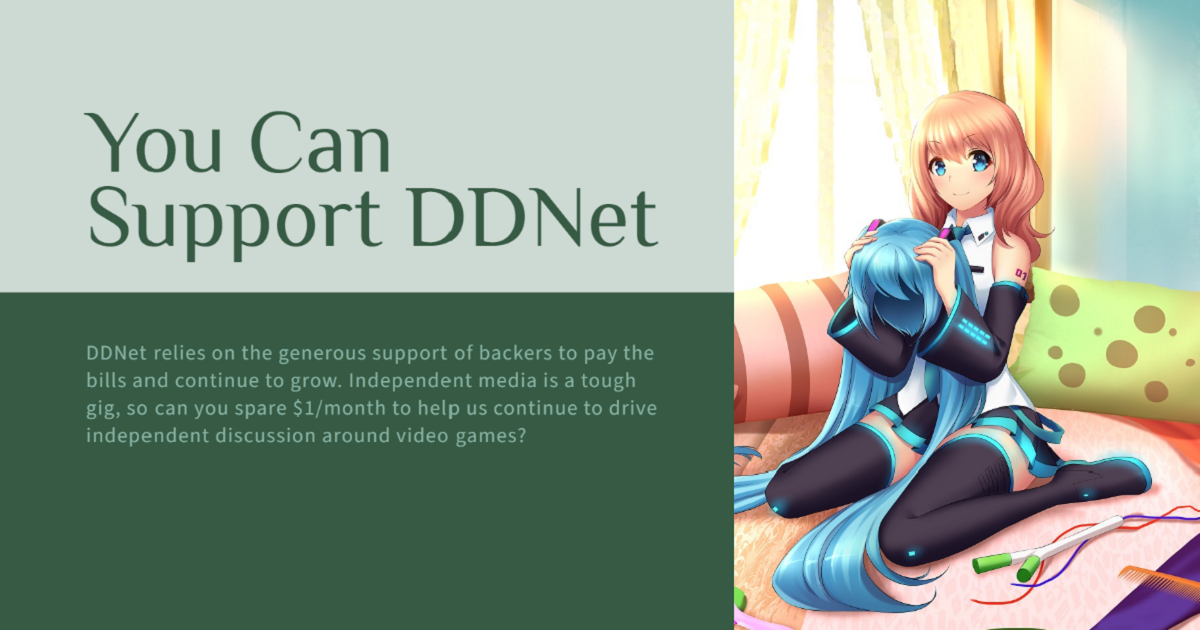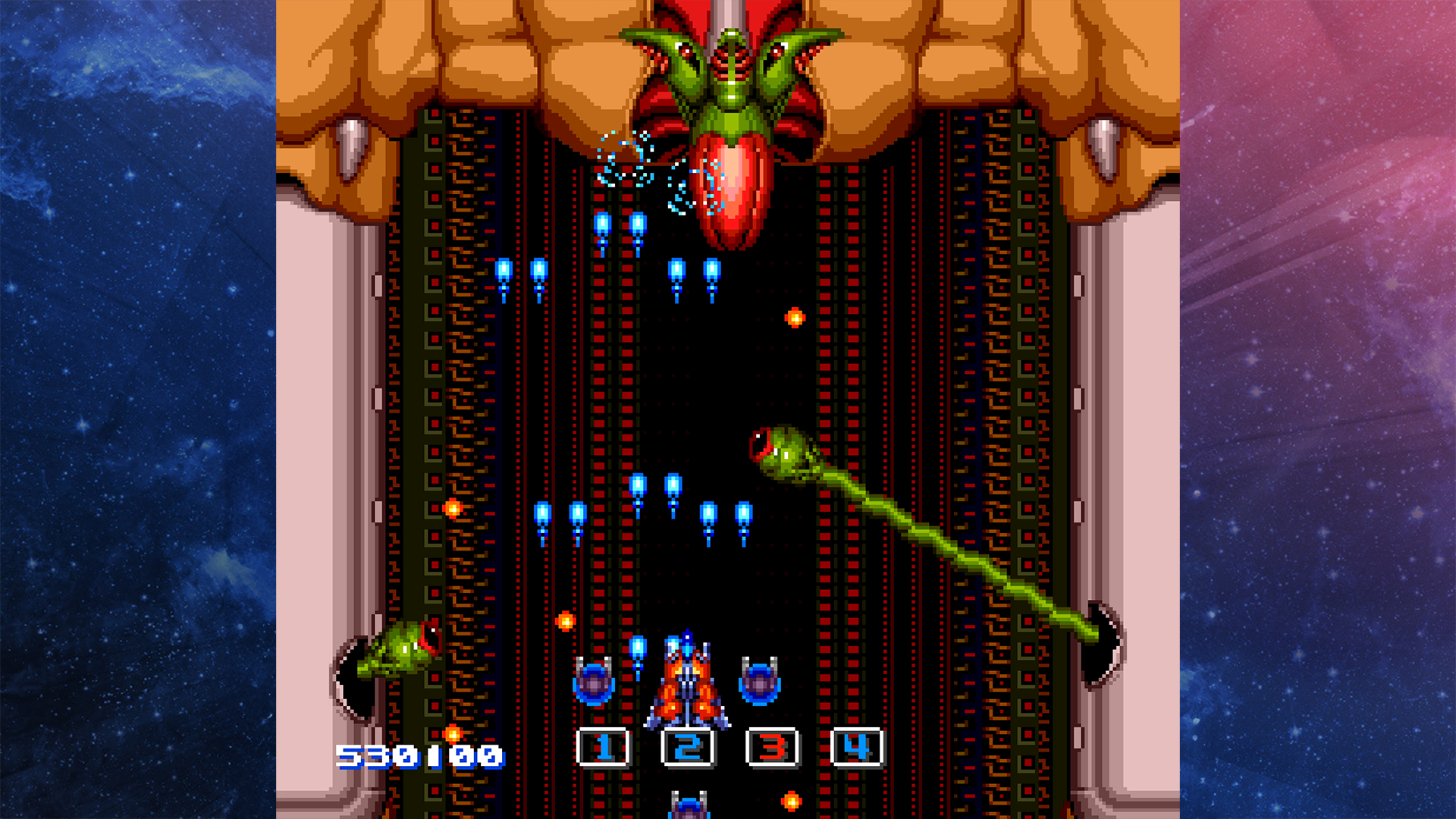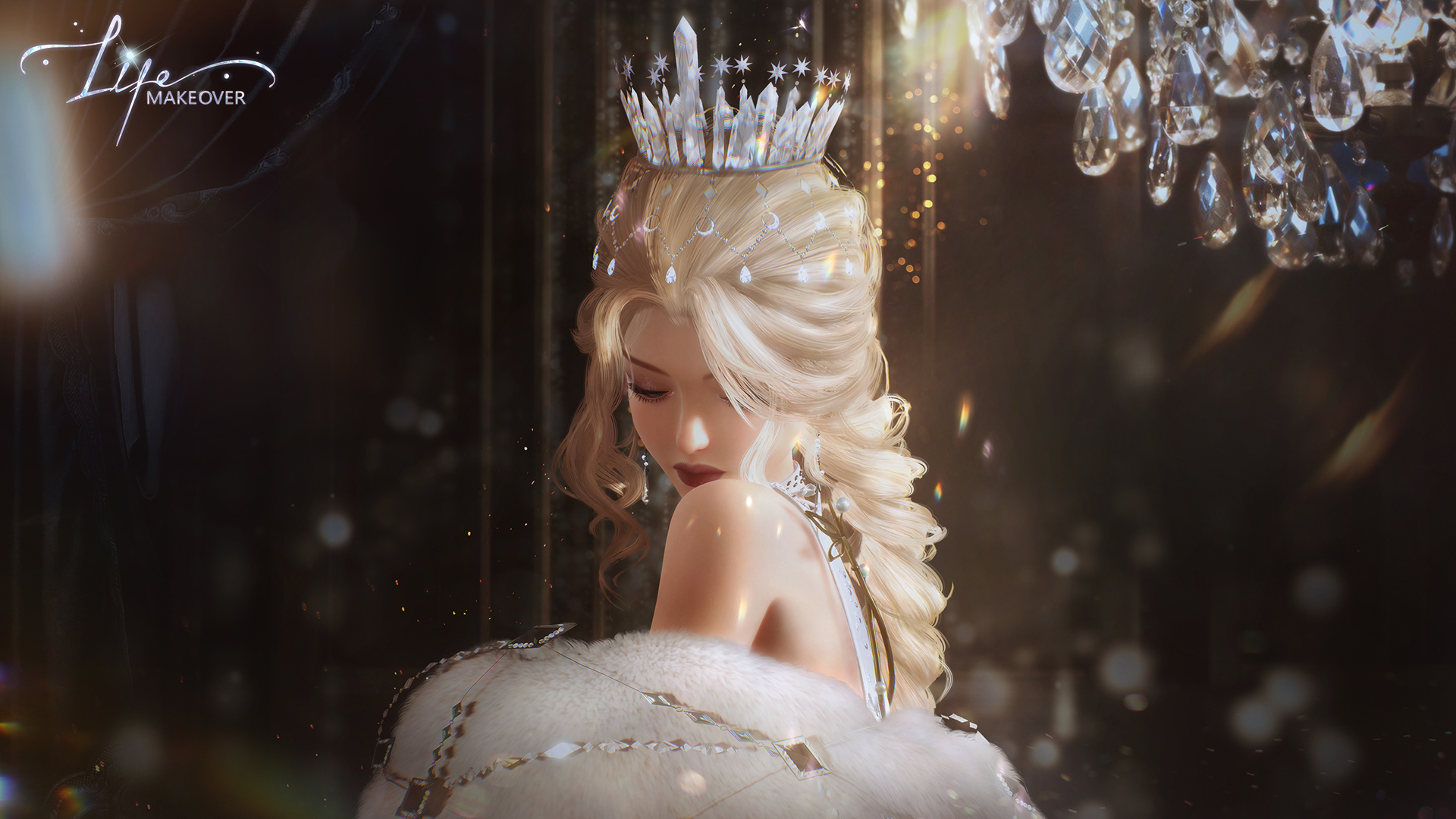Super Mario RPG is an all-time classic. Ask people to list the top 20 SNES games of all time and you’re almost certain to see this one in the mix somewhere. A quirky collaboration between Nintendo and Square Enix to apply some light Final Fantasy qualities to the iconic plumber, it resonated in a big way, and we have this game to thank for both the Paper Mario series and the Mario & Luigi series.
The big question, however, is how well it holds up to remake treatment. The recently released Star Ocean 2 remake was magnificent, but also one of the finer examples of deep storytelling. Super Mario RPG was renowned for being light and fun. Not deep & dense. This is a very different ballgame.
It is such a straightforward remake, too. Super Mario RPG has the exact same cut scenes, the exact same aesthetics, and almost the exact same combat system. Yes, it’s in 3D now rather than isometric 2D, and the developers do use that in some gorgeous ways to add some cinematic flair to the cut scenes at times, but this is more akin to the Link’s Awakening remake in that the only thing of substance that has been “remade” is the visuals. Otherwise it’s almost shocking just how closely the flow of this game parallels the original.
There is some fiddling around the edges with the combat system, and it does make it more accessible. There’s a super-easy difficulty for a start, which is welcome (but less necessary than in many JRPG remakes since the game was already pretty easy). There’s also a little timing indicator that pops up when it’s the right time to launch an attack to score a critical hit (or to block an enemy’s attack to take zero damage). That indicator wasn’t present in the SNES original, and it was a pain to try and learn the timings of each attack. With the remake, the indicator disappears if you get it right a few times in a row, but re-appears if you start to struggle, and it’s an excellent, dynamic way to handle a critical part of the game’s skill.
That indicator mark doesn’t necessarily make things easier, however, because the second new feature requires you to get the perfect timing right many times in a row, and if you mistime even one attack the combo counter resets to zero. Get a few in a row and you’ll get stat boosts for your characters that persist as long as the combo meter remains. Play well enough, however, and you’ll also fill in an “Action Gauge” that will eventually allow you to launch super attacks in collaboration with your allies. These are visually spectacular and a great addition to the basic combat system.
Unfortunately, the combat system does remain very simple, even with these additions. Yes, you need to practice good timing to do well, but outside of the reflexes, Super Mario RPG’s combat system isn’t going to challenge you like modern turn-based games do through their layered systems. Here each character has their own set of special abilities that they unlock as they level up, and when they level up you can choose from one of three “categories” (Health, Physical Attack and Defence, Magic Attack and Defence) to assign a few bonus stat points. Some enemies have particular strengths and weaknesses… and that’s about it. Success in combat isn’t much more than figuring out what weakness an enemy had, and then spamming them with it.
It’s worth remembering that at the time Square Enix wasn’t convinced that there was a market for JRPGs in the West, assuming that the genre was too “complex” for Western players (and frankly, given what DOES sell and earn Game of the Year awards in the West to this day, they probably have a point). Back on the SNES, Square Enix opted out of localising one of the Final Fantasy series into America (Final Fantasy V) and produced Final Fantasy Mystic Quest specifically for the West (that was also the first Final Fantasy released in Europe). That game had its charms but it really is an insult to the intelligence to think that Square Enix thought that this was the best that we gaijin could handle.
It was only with Final Fantasy VII that Square Enix released that Western players were intelligent enough to enjoy complex narratives, and that was a PlayStation game. Super Mario RPG was produced in that pre-FFVII historical context, for a company that Square Enix knew was always going to release it in the West. It was clearly designed according to the same expectations as Mystic Quest, and is a very simplistic game, both in terms of its narrative and its combat system.
At least combat moves quickly and the battles are over in just a few turns. This is “just as well” because the frequency of combat is obscene. Areas are quite small in size, and teeming with enemies. While they’re not random and you can opt to navigate around them as they wander around the area, the need to keep levelling will have you bumping into as many of them as you can along the way to keep the experience ticking over, and so each area is a gauntlet where you’ll fight a battle, take just a step or two, and then find yourself in another battle. These don’t become dull, because again each battle is over quickly, but the rate of them is quite unlike the more languid take to exploration in modern JRPGs.
Most importantly of all, and the reason that this game remains an utterly brilliant time, is that the humour hasn’t lost a beat in the 27 years since Super Mario RPG was released. Mario doesn’t talk (and still doesn’t talk), and the way he mimes everything that he needs to say in cut scenes is hilarious. There’s also plenty of good-natured ribbing of the various characters, plenty of witty one-liners, and plenty of oddball moments. This is what people will remember most from their time with the original Super Mario RPG, and absolutely nothing has been lost in this release. It delighted then, and it will delight today.
We could argue back-and forth about whether Nintendo should have simply released the original Super Mario RPG on the SNES app that online subscribers already have access to. The visual update is delightful, but outside of that Nintendo has changed so little that you could play the two games side-by-side and barely notice the difference in the experience. And yet, it’s also one of the all-time great moments from the SNES era, and so whimsical and playful that, ultimately, Super Mario RPG is a worthwhile purchase for no other reason than it’s an excuse to play it again.
